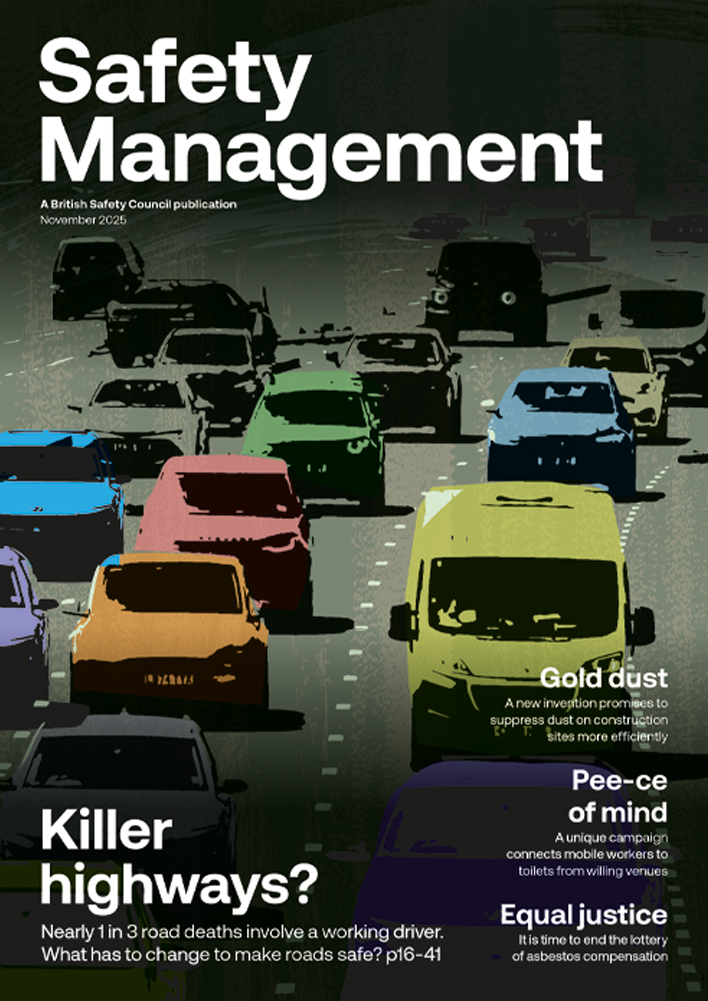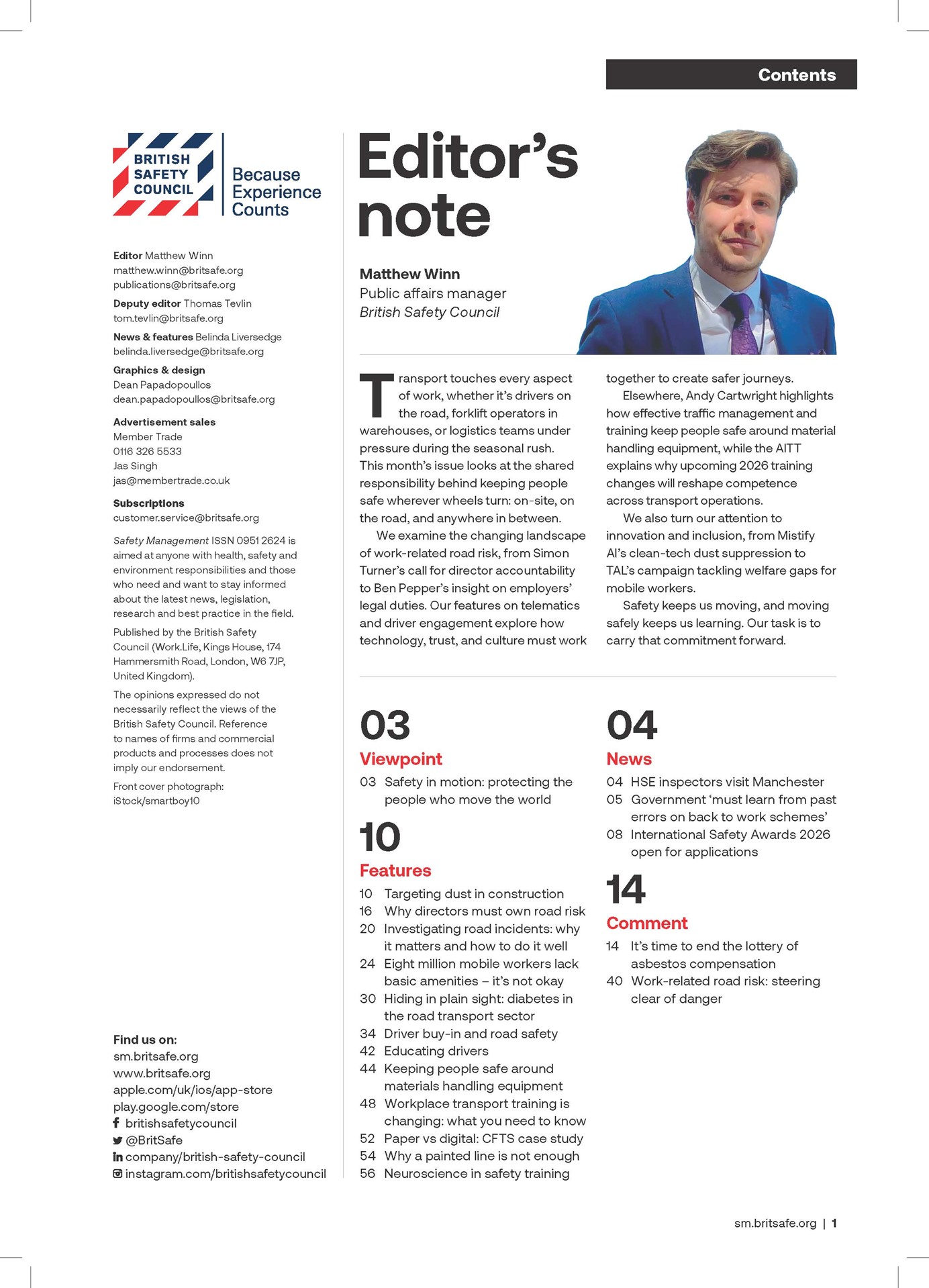Broadly speaking, resilience refers to an organisation’s ability to adapt quickly and respond well to a crisis. That means being prepared to deal with an unforeseen or predictable event. This could be anything from your superstar employee moving to your competitor, new legislation forcing you to make sweeping changes to your products, or a major global health or economic crisis, like Covid.
Opinion
Business resilience and wellbeing
The Covid pandemic has proven that businesses that can adapt quickly and confidently to change are likely to be more resilient in the face of unexpected challenges in the future. What is ever more apparent is the role of employee wellbeing in creating this resilience. Employees want to work at places that have a sense of purpose, with organisations at which they have a genuine connection, and will leave if they don’t find it.
In this new world of remote work, where we rarely see our colleagues in person, it’s harder than ever to foster creativity, wellbeing and connection in our teams. To improve resilience, organisations need to cultivate talent. This is the most important natural resource, and leading companies are showing how to develop it. They coach and empower teams; deploy talent based on skills, not hierarchy; and fill gaps through training and development.
Furthermore, resilience promotes a growth mindset, where workers will actively and openly seek out development opportunities. Having employees in your team who are willing to grow in turn pushes the company to grow. Resilience can foster a mindset that focuses on the future and allows them to plan realistically. There are really no downsides to helping people become more resilient. It makes employees more motivated, capable of dealing with change, and less susceptible to burnout. It also improves their overall health, as resilience and wellbeing in the workplace are closely linked – health is wealth. Better wellbeing means less absenteeism and presenteeism, and in turn improves people’s performance throughout the workplace.
Building a resilient workforce requires: behaviour that is aligned with a shared vision and purpose; an up-to-date understanding of an organisation’s context; diversity of skills, leadership, knowledge, and experience; skill building and training; good governance and management; effective risk management; and the ability to absorb, adapt and effectively respond to change.
Organisational level resilience is also important. Boards and senior management need to prepare for a broad set of potential risks – including climate risk and ESG – and then develop several scenarios that are stress tested so decisions can be taken confidently. This business resilience planning is a governance and risk management responsibility that boards and executive teams must address to survive and thrive.
It is important to not just focus on firefighting or just on the long term, but to focus on key decisions around both. Information sharing is critical. Resilient organisations are those that maintain business models that can adapt to significant shifts in, say, customer demand, technological change and regulation. During times of crisis, resilient organisations will place strategic bets to evolve their business models.
To help build resilience companies can take four steps: describe how resilient they are currently; determine the degree and nature of resilience they need for the future (what types of threat); design their approach to building and maintaining the resilience they need; and identify where they most need to shift or supplement their current approach.
By seizing the opportunity, organisations can ‘bounce back better’. In the words of German philosopher Friedrich Nietzsche, ‘that which does not kill us makes us stronger’.
Mike Robinson FCA is Chief executive of the British Safety Council
OPINION

Safety in motion: protecting the people who move the world
By Mike Robinson FCA on 13 November 2025
Transport keeps our world connected. Every product on every shelf, each commuter journey, flight or freight delivery depends on the people who move the world: the drivers, pilots, mechanics, dispatchers, engineers, and logistics specialists.

Work-related road risk – steering clear of danger
By Ben Pepper, CL Medilaw on 19 November 2025
Each day across the UK, millions of employees take to the roads as part of their working lives. Whether delivering parcels, attending client meetings or riding bicycles between jobs, road use plays a vital role in keeping businesses going. While the general health and safety landscape has evolved significantly over recent decades, work-related road risk (‘WRRR’) remains an area that is too often overlooked by employers.

It is time to end the lottery of asbestos compensation
By Daniel Easton, Association of Personal Injury Lawyers on 13 November 2025
A legal anomaly that makes it more difficult for sufferers of asbestos-related lung cancer to obtain compensation than people who have developed mesothelioma means large numbers of people are dying before receiving full compensation that could prove vital in the final months of their lives.



